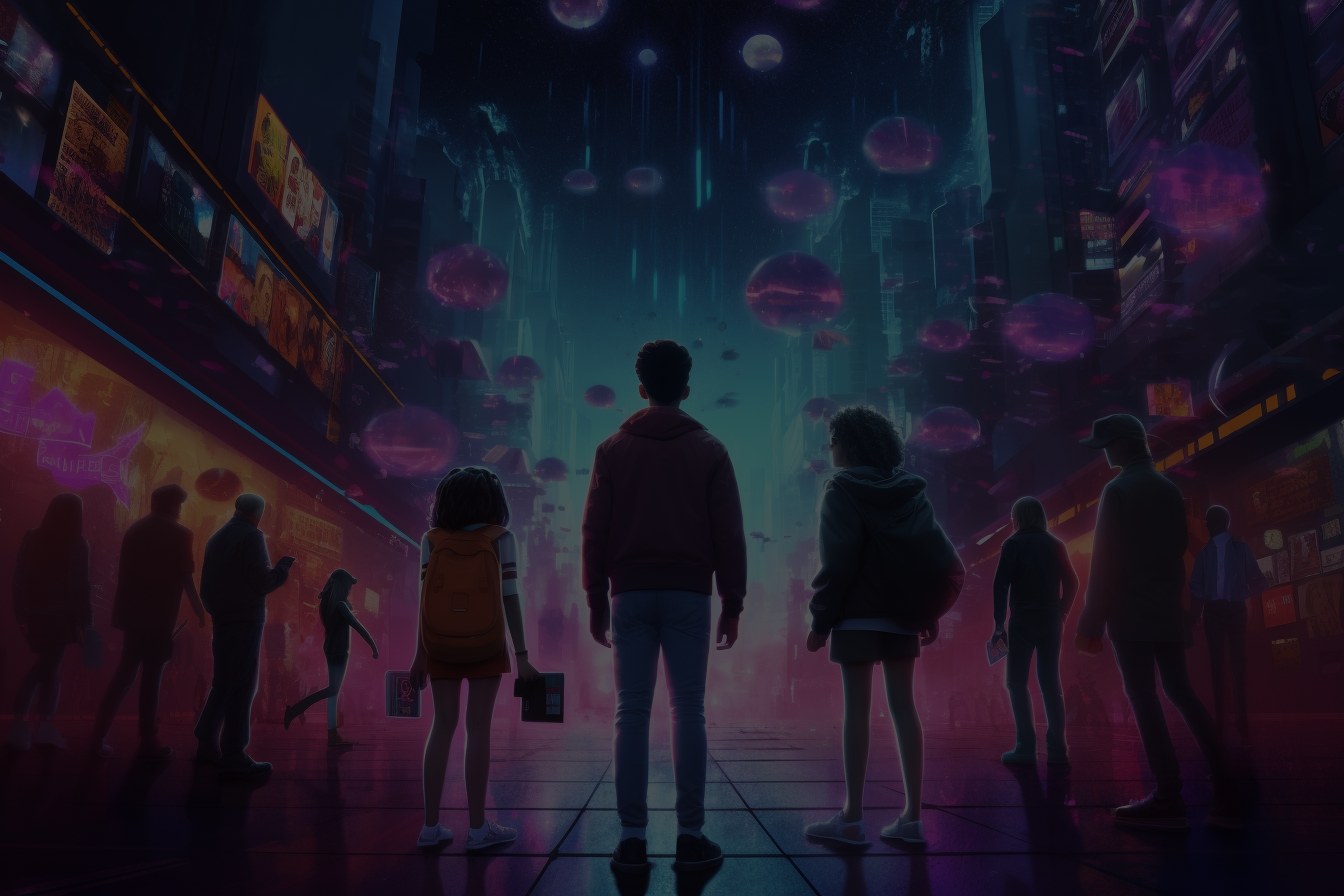As we stand on the cusp of the fourth industrial revolution, Virtual Reality (VR) is a technology that is already transforming a multitude of sectors, from entertainment to healthcare, to education. As we delve into the potential of VR to reshape the educational landscape, it becomes apparent that the transformative power of this technology rests on its ability to offer immersive learning experiences, enable the visualization of abstract concepts, foster collaboration, provide personalized learning experiences, and overcome barriers to access.
Immersive Learning Experiences
Traditional educational environments are confined by physical limitations; they are static, isolated, and can often be uninspiring. In stark contrast, VR technology catapults learners into dynamic, interactive, virtual environments where learning is not passive, but experiential. Students can explore the ruins of ancient civilizations, walk on the surface of Mars, or delve into the human body to understand complex biological processes, all from their homes. These immersive experiences not only bring the subject matter to life but also enhance comprehension and retention, leading to a more profound understanding.
Visualization of Abstract Concepts
Education often requires students to grasp abstract concepts that can be hard to visualize, making them challenging to understand. Here, VR emerges as a potent solution. VR provides a visual, interactive medium, transforming abstract ideas into tangible realities. Whether it’s exploring the intricacies of a mathematical theorem or understanding quantum physics phenomena, VR allows students to manipulate 3D models and interact with these concepts in a virtual space. This unique pedagogical approach deepens comprehension, enabling students to internalize and apply abstract knowledge in real-world scenarios.
Collaborative Learning Opportunities
VR not only enhances individual learning experiences but also offers vast collaborative opportunities. Using VR, students from different parts of the world can converge in shared virtual spaces, fostering a global learning community. They can collaborate on projects, run simulations, and engage in problem-solving activities. This shared interactive space stimulates critical thinking, cultivates communication skills, and encourages teamwork. By exchanging ideas and learning from one another in this immersive environment, students can develop vital interpersonal skills required in the 21st-century workspace.
Personalized Learning Experiences
One of the most compelling potential applications of VR and the integration of AI in education is the ability to tailor learning experiences to individual students’ needs and preferences. This level of personalization can redefine education, moving away from the “one-size-fits-all” model to a more inclusive, student-centered approach. With VR, students can explore topics of interest in 3D space, revisit complex concepts, and receive personalized feedback. This adaptive learning environment allows students to learn at their own pace, thus ensuring greater engagement, motivation, and ultimately, better learning outcomes.
Overcoming Barriers to Access
Education often faces challenges related to accessibility. Whether it’s geographical limitations or socio-economic constraints, numerous students worldwide are denied the opportunity to experience rich, immersive learning. VR can bridge this gap, offering virtual field trips and immersive experiences to students irrespective of their location or background. By doing so, VR democratizes access to quality education, ensuring every learner has an equal opportunity to engage with stimulating educational content.
Future Implications of VR in Education
The journey of VR in education is just beginning. With technological advancements, such as the anticipated release of the Apple Reality Pro headset, the scope and efficacy of VR in education are set to rise exponentially. Future advancements may include highly realistic virtual simulations, increased interactivity, and integration with AI algorithms for personalized learning paths. These technological leaps will further augment the transformative impact of VR on education, paving the way for more immersive, engaging, and effective learning experiences.
Conclusion
Virtual Reality is no longer just a figment of science fiction; it’s a promising reality that’s poised to reshape education as we know it. Through VR, learning can become a thrilling journey where students can explore new frontiers, visualize complex concepts, and collaborate with their peers in ways they couldn’t before. VR also provides a platform for more personalized and inclusive education, overcoming traditional barriers to access.



